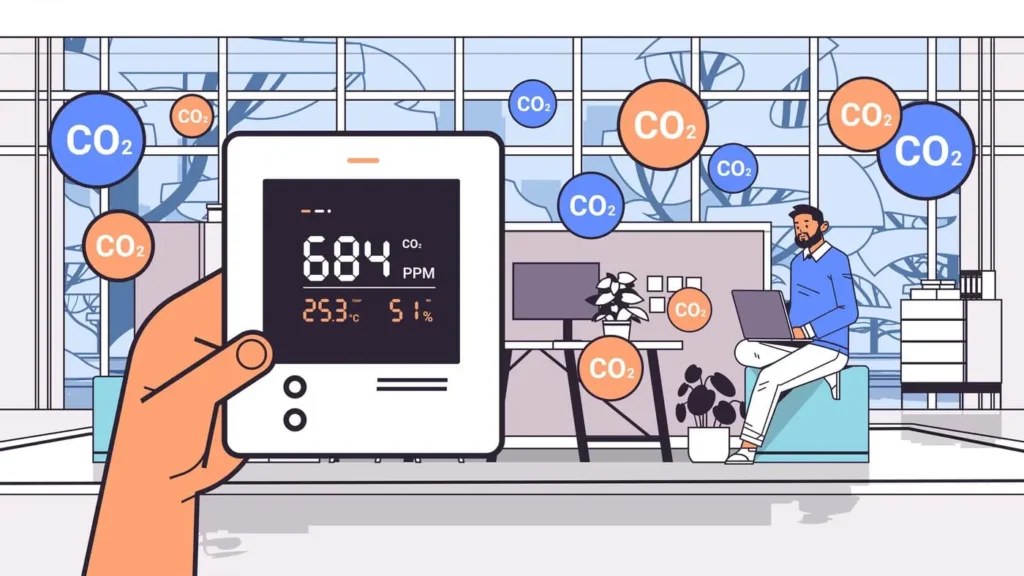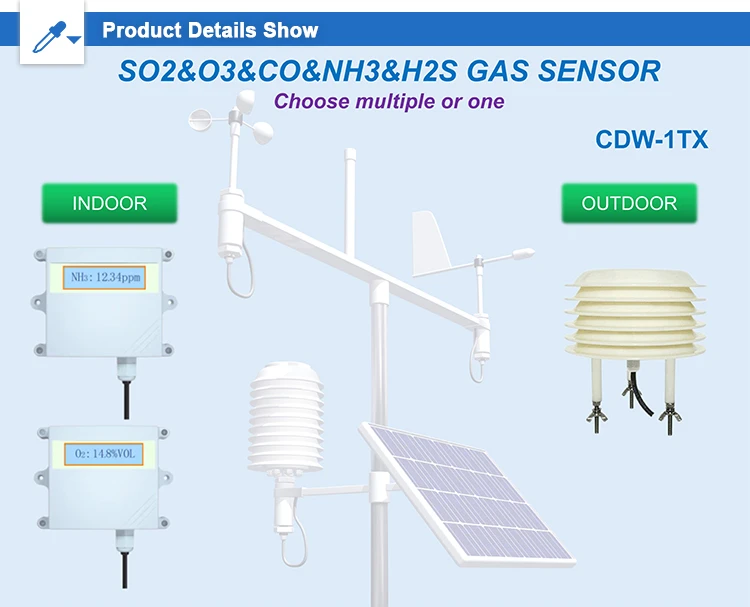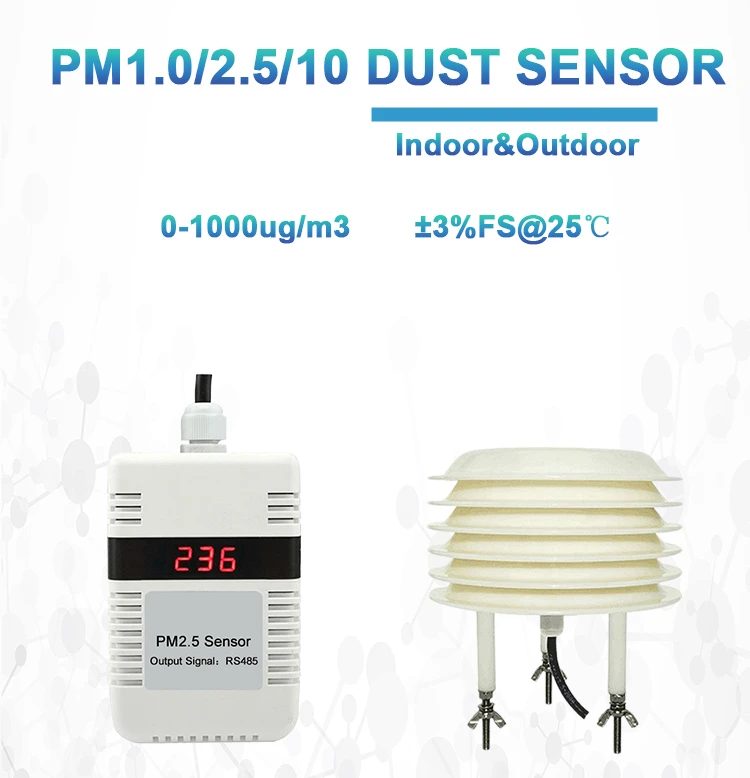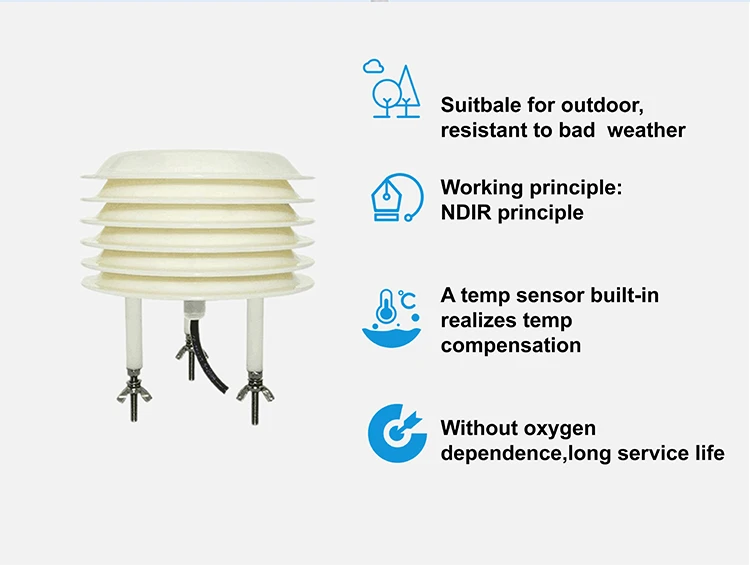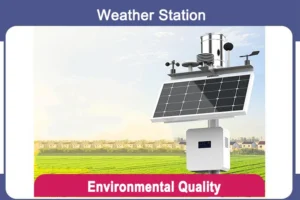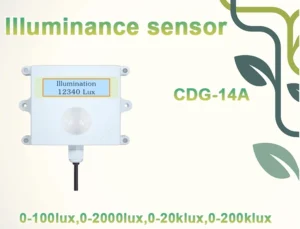The Importance of Dissolved Oxygen
Indoor air quality (IAQ) greatly affects our well-being. We spend a lot of time indoors. Poor indoor air quality can cause many health problems. These can include short-term problems like headaches and feeling tired.
They can also lead to long-term issues with breathing and heart health. To monitor indoor air quality is key to a healthy indoor environment. This article will look at the key parts of reaching this goal.
Understanding Indoor Air Pollutants
Before delving into monitoring methods, it’s crucial to understand the pollutants commonly found indoors. We can classify these pollutants into several categories.
Gaseous Pollutants
Volatile Organic Compounds (VOCs):
VOCs are a big group of organic chemicals. They easily turn into gas at room temperature. Sources include paints, glues, cleaning products, furniture, and office supplies.
High levels of VOCs can irritate your eyes, nose, and throat. They can also cause headaches and nausea. Long – term exposure may lead to more serious health problems, such as damage to the liver, kidneys, and central nervous system.
Carbon Monoxide (CO):
Est gas sine colore, odore, et sapore. Gas appliances that do not work properly, like furnaces, water heaters, and stoves, are common indoor sources.
CO is very dangerous. It binds to hemoglobin in the blood. This reduces the blood’s ability to carry oxygen. Even low – level exposure can cause symptoms like fatigue, dizziness, and confusion, while high – level exposure can be fatal.
Nitrogen Dioxide (NO₂):
Most of it comes from burning things, like gas stoves, heaters, and car exhausts. NO₂ is a very reactive gas. It can irritate the respiratory system. This can lead to coughing, wheezing, and shortness of breath.
Long exposure can raise the risk of lung infections and make current lung problems worse.
Ozone (O₃):
While ozone is helpful in the stratosphere, it is a harmful pollutant at ground level. Indoor ozone can come from certain electrical devices. This includes photocopiers and air purifiers.
Ozone can come from outside sources. It can cause breathing problems, coughing, chest pain, and lower lung function.
Particulate Matter (PM)
Particulate matter means small solid or liquid particles that are in the air. PM is classified by size. PM₂.₅ includes particles that are 2.5 micrometers or smaller. PM₁₀ includes particles that are 10 micrometers or smaller.
These sizes are of particular concern. Indoor sources of PM include dust, pollen, mold spores, cooking smoke, and cigarette smoke. Breathing in PM can lead to serious health problems.
This is especially true for PM₂.₅. It can go deep into the lungs and enter the blood. This raises the risk of heart attacks, strokes, and breathing problems.
Biological Pollutants
Mold and Mildew:
Mold grows well in damp and humid places. This includes bathrooms, basements, and areas with water leaks. Mold spores can cause allergies, asthma attacks, and other breathing problems. Some types of mold also produce mycotoxins, which can be harmful to human health.
Bacteria and Viruses:
It can be found in indoor air, especially in crowded places or areas with bad ventilation. They can cause different infections and illnesses. These range from the common cold and flu to more serious lung diseases.
Methods and Tools for Monitoring Indoor Air Quality
Air Quality Monitors
Indoor air quality monitors are devices that measure one or more factors related to air quality. They come in different types. Each type has its own abilities and features.
Single – Parameter Monitors:
These monitors measure specific pollutants like CO, VOCs, or PM. CO monitors often use electrochemical sensors. These sensors detect carbon monoxide and sound an alarm when levels go too high.
VOC monitors can use two types of sensors. They can use metal-oxide semiconductor (MOS) sensors or photoionization detectors (PIDs).
These tools measure the amount of volatile organic compounds. PM monitors check the amount of tiny particles in the air. They often use laser-scattering or beta-attenuation methods for this measurement.
Multi – Parameter Monitors:
These advanced devices can measure several pollutants and factors at the same time. They include CO, VOCs, PM₂.₅, PM₁₀, humidity, and temperature. Many multi-parameter monitors have a screen that shows data in real-time.
This helps users quickly check the overall indoor air quality (IAQ). Some models can connect to smartphones or home systems. They use Wi-Fi or Bluetooth for this connection.
This allows for remote monitoring and data logging. They may also provide features like air quality ratings, trend analysis, and alerts for certain pollutant levels.
DIY Monitoring Kits
If you are on a budget or like to do things yourself, you can find DIY monitoring kits. These kits usually have easy test strips, sampling tools, or collection materials to find certain pollutants.
Mold Test Kits:
A petri dish or a swab with growth medium is usually used. Users place the test device in the area they suspect for a set time. After the incubation period, they check for mold colonies.
Some kits come with a color – coded chart to help estimate the level of mold growth. DIY mold test kits can find mold, but they may not tell you the type. They also might not show how big the problem is.
Radon Test Kits:
Commonly use a detector, such as a charcoal canister or an alpha – track detector. Users put the detector in the area they want to test. This can last from a few days to several months.
The time depends on the type of detector used. After the sampling period, the detector goes to a lab for analysis. The user then gets a report on the radon level in the tested area.
Professional Air Quality Testing
In some situations, you might need to hire a professional service to test air quality. Professional testers have the skills, tools, and knowledge to carry out thorough air quality checks.
Sampling and Analysis:
Professional testers use different ways to check indoor air quality in a building. They may use pumps to pull air through filters. This helps them analyze particulate matter.
They also use gas-sampling bags or canisters to study air pollutants. Researchers test the samples in a lab. They use tools like gas chromatographs, mass spectrometers, and particle counters. This helps them identify and measure many types of pollutants accurately.
Source Identification and Remediation Recommendations:
Trained testers can check pollutant levels in a building. They can also find the sources of these pollutants. They use what they know about building systems and materials to help with this investigation.
They also look for common sources of pollution. This helps them find the main causes of poor indoor air quality (IAQ). It can give detailed reports and suggestions for fixing problems. This includes ideas for better ventilation, cutting down on pollution sources, and using air-cleaning devices.
Monitoring Strategies
Regular Sampling
Regular sampling is important for getting a clear and complete understanding of indoor air quality over time. The frequency of sampling depends on several factors. These include the type of building, how many people use it, and possible sources of pollutants.
Residential Buildings:
For most homes, testing once or twice a year is enough for general checks. If you have specific worries, testing more often can be useful.
These concerns could include recent renovations, gas appliances, or past mold problems. After a home renovation, it is smart to test the air for VOCs and PM. Do this within a few weeks to make sure the levels are normal again.
Commercial Buildings:
Commercial buildings, especially those with many people or possible pollution sources, often need more frequent air sampling. Office buildings, schools, hospitals, and restaurants may need to test the air every month or every few months. In schools, regular testing can help find pollutants like CO₂.
This gas can build up quickly in classrooms with many people. Restaurants may need to test for cooking-related pollutants more often. This includes things like PM and VOCs. Testing helps them follow health and safety rules.
Zonal Monitoring
Indoor air quality can change a lot from one area to another in a building. Zonal monitoring means dividing a building into different sections. This analysis looks at how people use the space. It also examines who is there and where pollutants come from.
Function-Based Zoning
In an office building, there are different areas. These areas include offices, conference rooms, break rooms, and mechanical rooms. Each area may have different air quality. Offices can have more VOCs from equipment and furniture.
Mechanical rooms may have CO and other pollutants from heating and cooling systems. By watching each zone separately, it is easier to find areas with bad indoor air quality. This allows us to take specific steps to improve it.
Occupancy-Based Zoning
In places like schools and hospitals, zoning can help a lot. It is based on the number of people present. Classrooms in a school may need different air quality than administrative offices.
In a hospital, patient rooms, operating rooms, and waiting areas each have their own air quality standards. Zonal monitoring helps us better assess indoor air quality in different areas. It also allows us to use the right ventilation and air-cleaning strategies.
Continuous Monitoring
Continuous monitoring with air quality monitors gives real-time information about indoor air quality (IAQ). This is very helpful for quickly spotting changes in pollution levels. It allows for immediate action if needed.
Immediate Alerts and Response
If a CO monitor finds a sudden rise in carbon monoxide levels, it will sound an alarm right away. This warns people about the possible danger. This helps them leave the building and find the source of the CO leak.
Continuous monitoring helps find other pollutants early, like VOCs or PM. This allows for quick action to avoid health problems.
Trend Analysis and Long-Term Management: Continuous monitoring data helps with trend analysis. It also gives immediate alerts. By examining the data over time, building managers and occupants can spot patterns.
They can see how pollutant levels change with the seasons. They also see how certain activities affect indoor air quality (IAQ). This information helps create long-term plans to improve and maintain good indoor air quality. Plans may include changing ventilation schedules, upgrading air systems, or using source-control methods.
